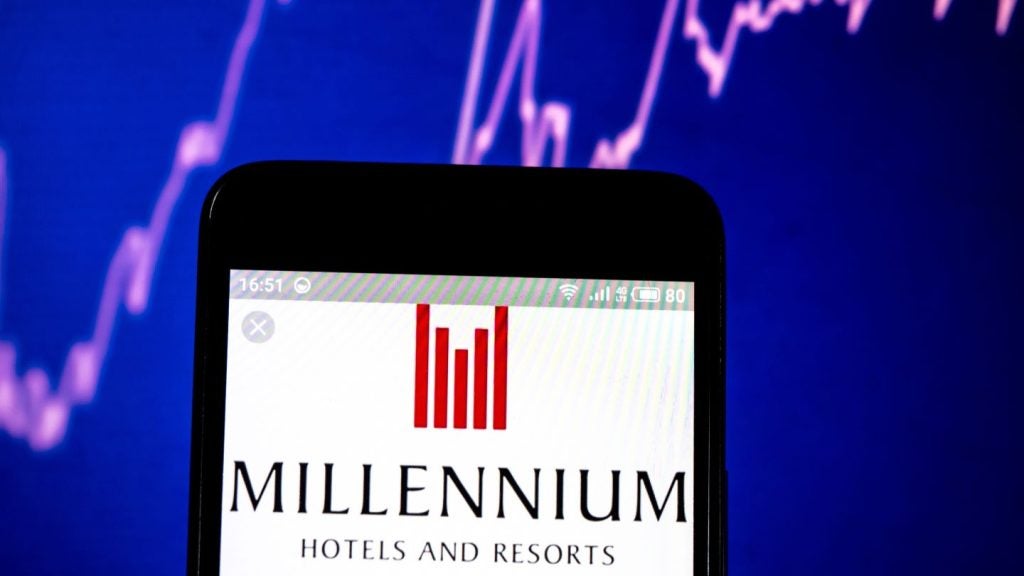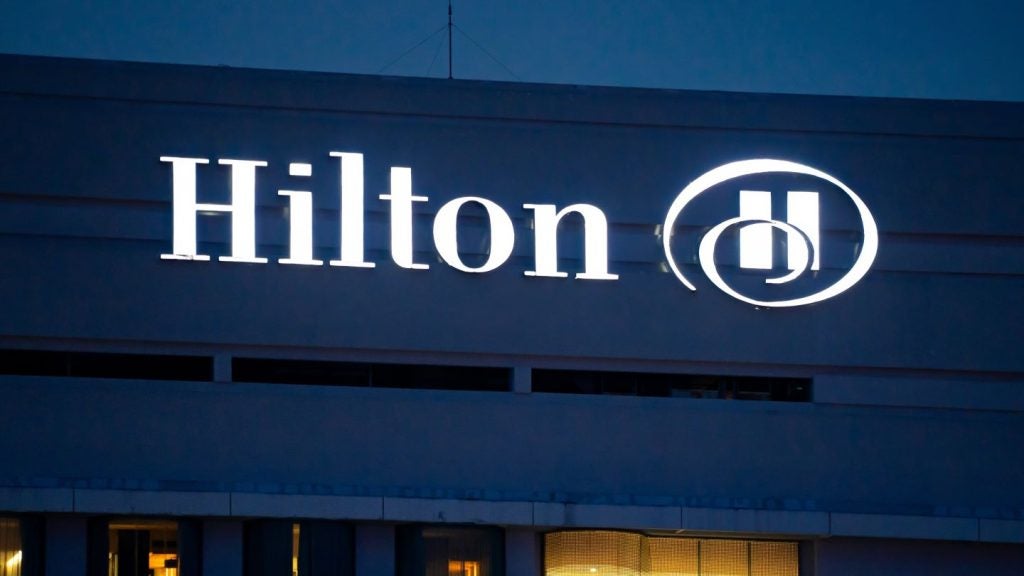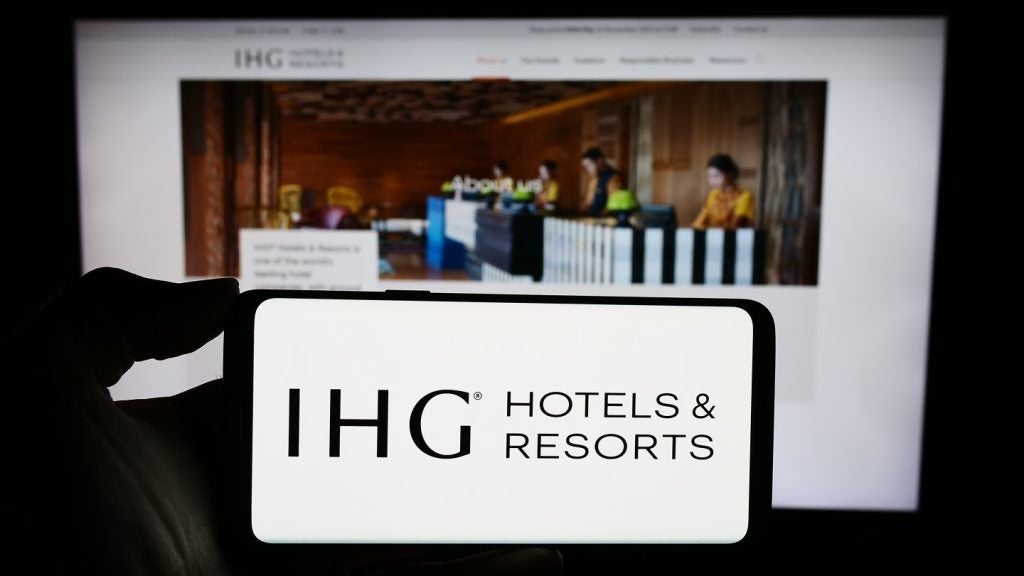International Game Technology has been granted a patent for a gaming system and method that provides a wagering game with bonus hands. The system includes a processor, acceptor, and memory device, and allows players to initiate a game, place wagers, and receive bonus hands based on the initial hand of cards. The system also enables players to hold cards, draw new cards, and receive awards based on the primary hand and bonus hands. A cashout option is available to initiate a payout. GlobalData’s report on International Game Technology gives a 360-degree view of the company including its patenting strategy. Buy the report here.
According to GlobalData’s company profile on International Game Technology, Cashless payment settlement was a key innovation area identified from patents. International Game Technology's grant share as of September 2023 was 62%. Grant share is based on the ratio of number of grants to total number of patents.
A gaming system and method for bonus hands in wagering games
A recently granted patent (Publication Number: US11776361B2) describes a gaming system that includes a processor, an acceptor, and a memory device. The acceptor communicates with the processor and generates a credit balance based on the receipt of a physical item associated with a monetary value. The memory device stores instructions that, when executed by the processor, initiate a play of a wagering game, decrease the credit balance by the amount of the wager placed, and randomly determine a hand of cards from a primary set of cards.
The system also includes a display device that shows the initial hand of cards and determines if any bonus hands triggering events occur based on the initial hand. If a triggering event occurs, the system determines the quantity of bonus hands to add to the game and displays them. The player can input holds for specific cards in the initial hand, which are then designated as held cards and duplicated in each bonus hand. Non-held cards are replaced with randomly selected cards from the primary set.
The system determines awards based on the primary hand and bonus hands, displays them, and increases the credit balance accordingly. If the player chooses to cash out, a payout is initiated. The patent also describes additional features such as automatically designating held cards, prompting the player to select held cards, and verifying the location of a mobile device to enable or prevent game initiation.
The instructions executed by the processor also associate each quantity of bonus hands with a wager corresponding to the initial wager placed. The patent includes multiple claims that further specify aspects of the gaming system, such as determining the quantity of bonus hands based on winning hand categories, different categories of bonus hands corresponding to winning hand categories, and the use of a network interface to send wager amounts to a payment server.
Overall, this patent describes a gaming system that allows players to wager and play a game using physical items with monetary value. The system incorporates elements of traditional card games, such as determining winning hands and offering bonus hands, while also incorporating modern features like mobile device integration and network connectivity.
To know more about GlobalData’s detailed insights on International Game Technology, buy the report here.
Data Insights
From

The gold standard of business intelligence.
Blending expert knowledge with cutting-edge technology, GlobalData’s unrivalled proprietary data will enable you to decode what’s happening in your market. You can make better informed decisions and gain a future-proof advantage over your competitors.







